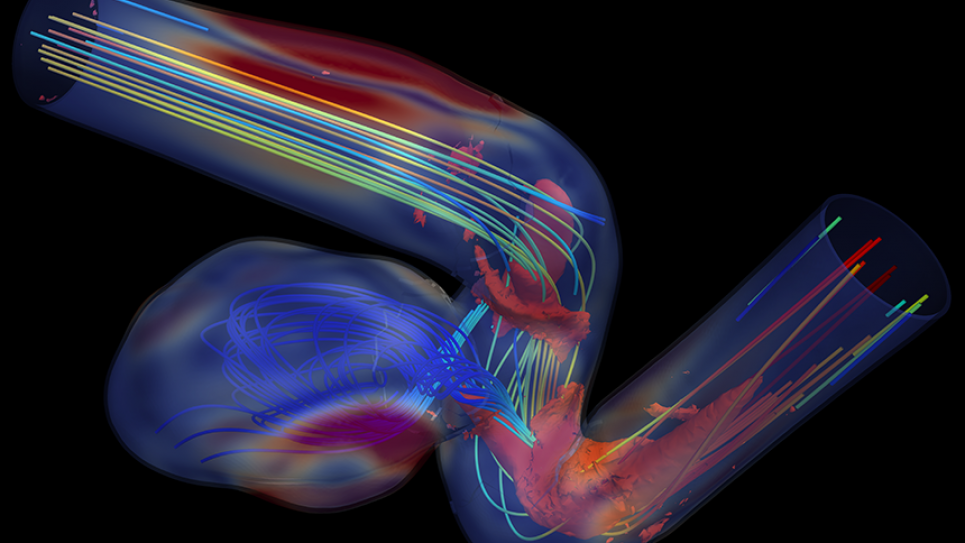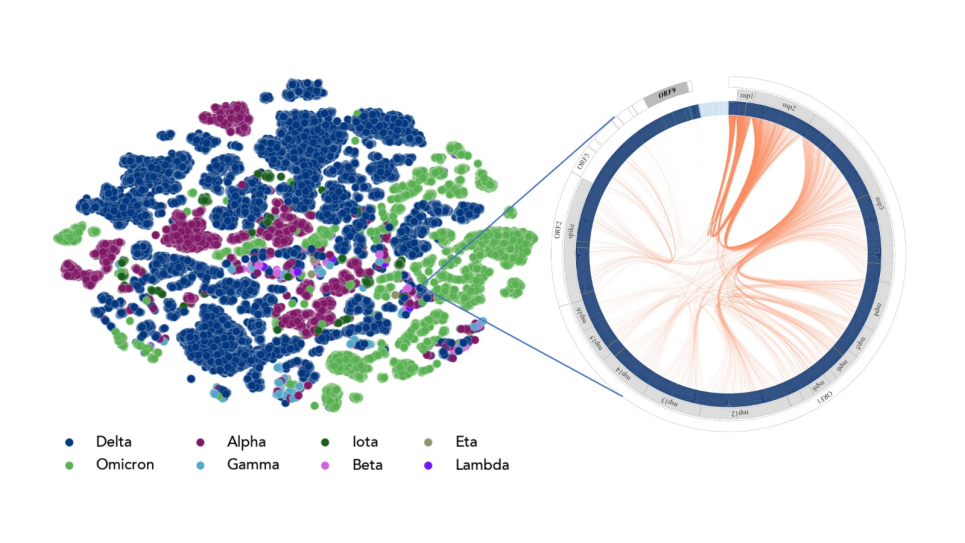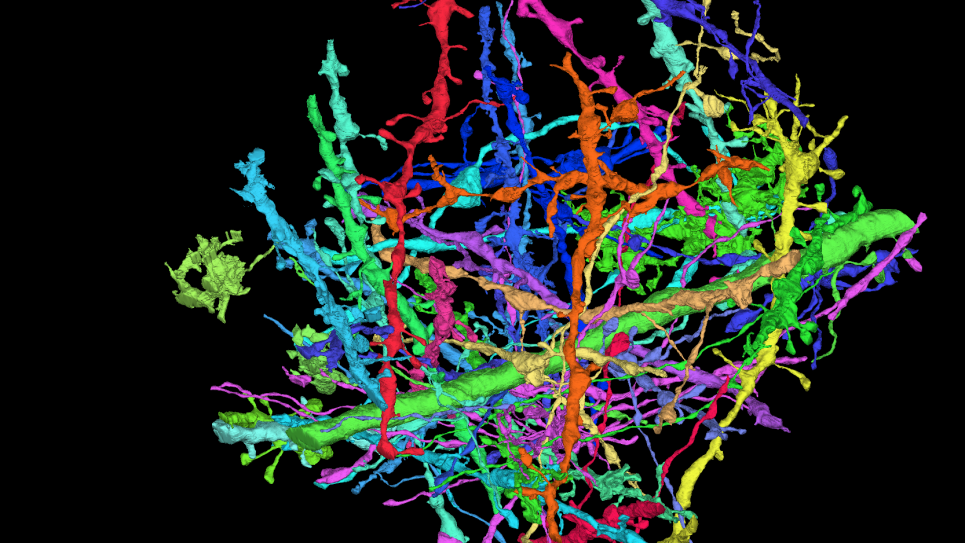
Multiscale Simulations of Human Pathologies
Thoracic aortic aneurysm and dissection (TAAD) is a serious health condition in which an aneurysm in the aorta expands and causes a tear in the artery wall. TAADs are estimated to be responsible for around 30,000 deaths per year in the U.S. alone, and the condition is still not well understood. However, recent advances in genetics and medical imaging have resulted in a significant increase in the number of diagnosed TAADs and an increased appreciation of roles played by thrombus (i.e., blood clots) in aortic dissections.
Building on extensive computational expertise and past INCITE awards, the Brown University research group is using DOE leadership computing resources to develop the first data-driven, multiscale, multiphysics model of the biomechanics of thrombus in aortic dissection. Specifically, they are examining the hemodynamical conditions under which an intramural thrombus forms in aortic dissections and the biomechanical consequences of thrombus on the remnant wall. In the second year of this INCITE allocation, the team plans to study the interplay between blood flow and intramural thrombus remodeling, which is believed to play a prominent role in the development and evolution of TAAD
With a better understanding of the roles of thrombus in aortic dissection, this research has the promise to lead to an improved prognostic capability and interventional planning. Although the project is focused on aortic dissection, the findings will be equally applicable to understanding the biomechanics of other artery dissections and diverse aneurysms. Therefore, insight gained in this study will have important implications for a host of other vascular conditions, providing information that could contribute to improved treatments for a broad class of clinical problems.


